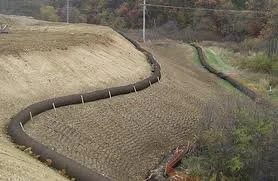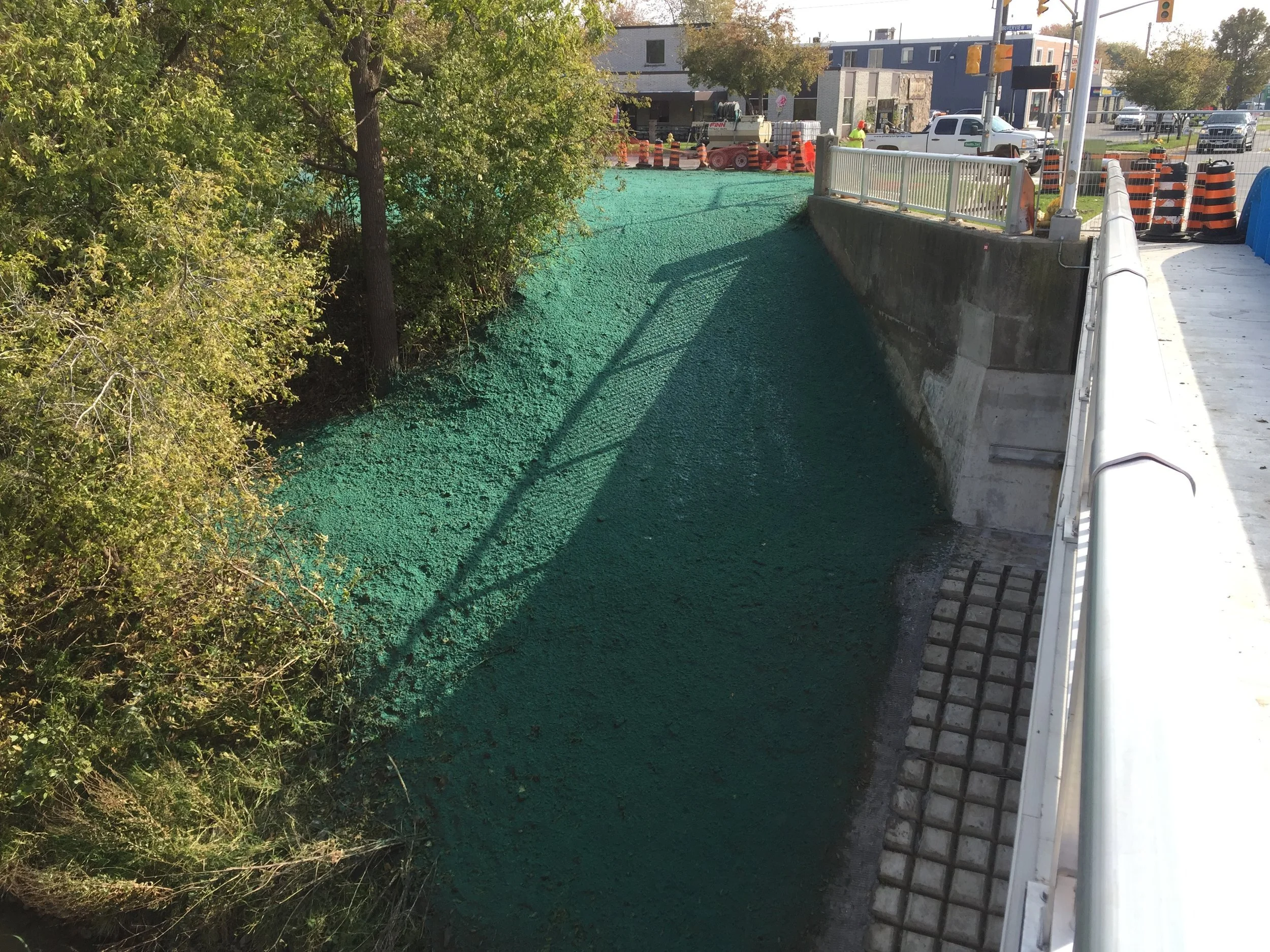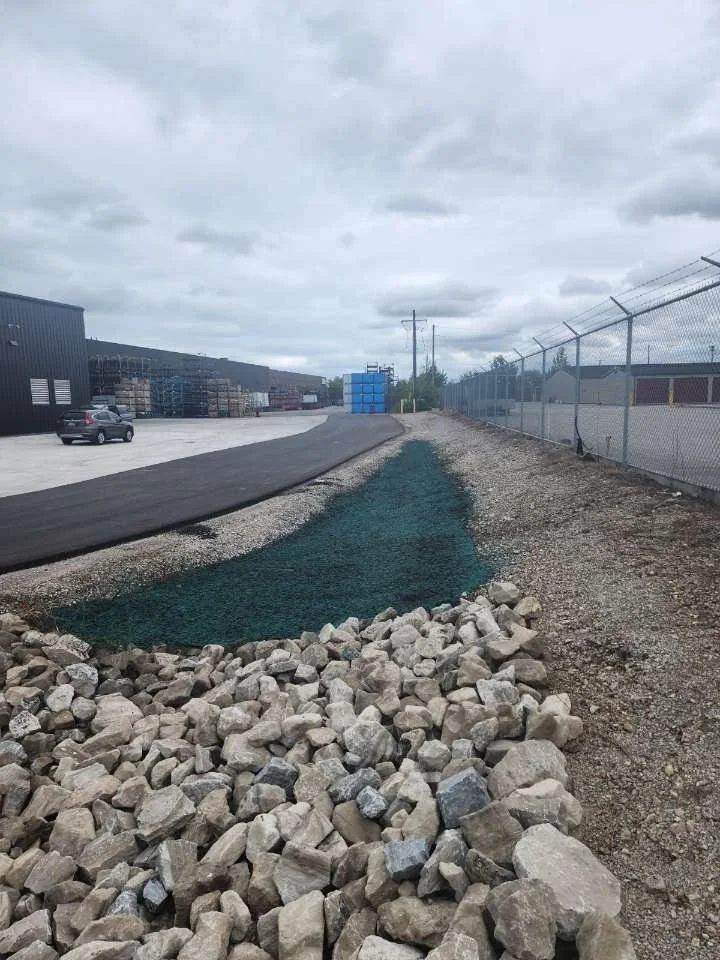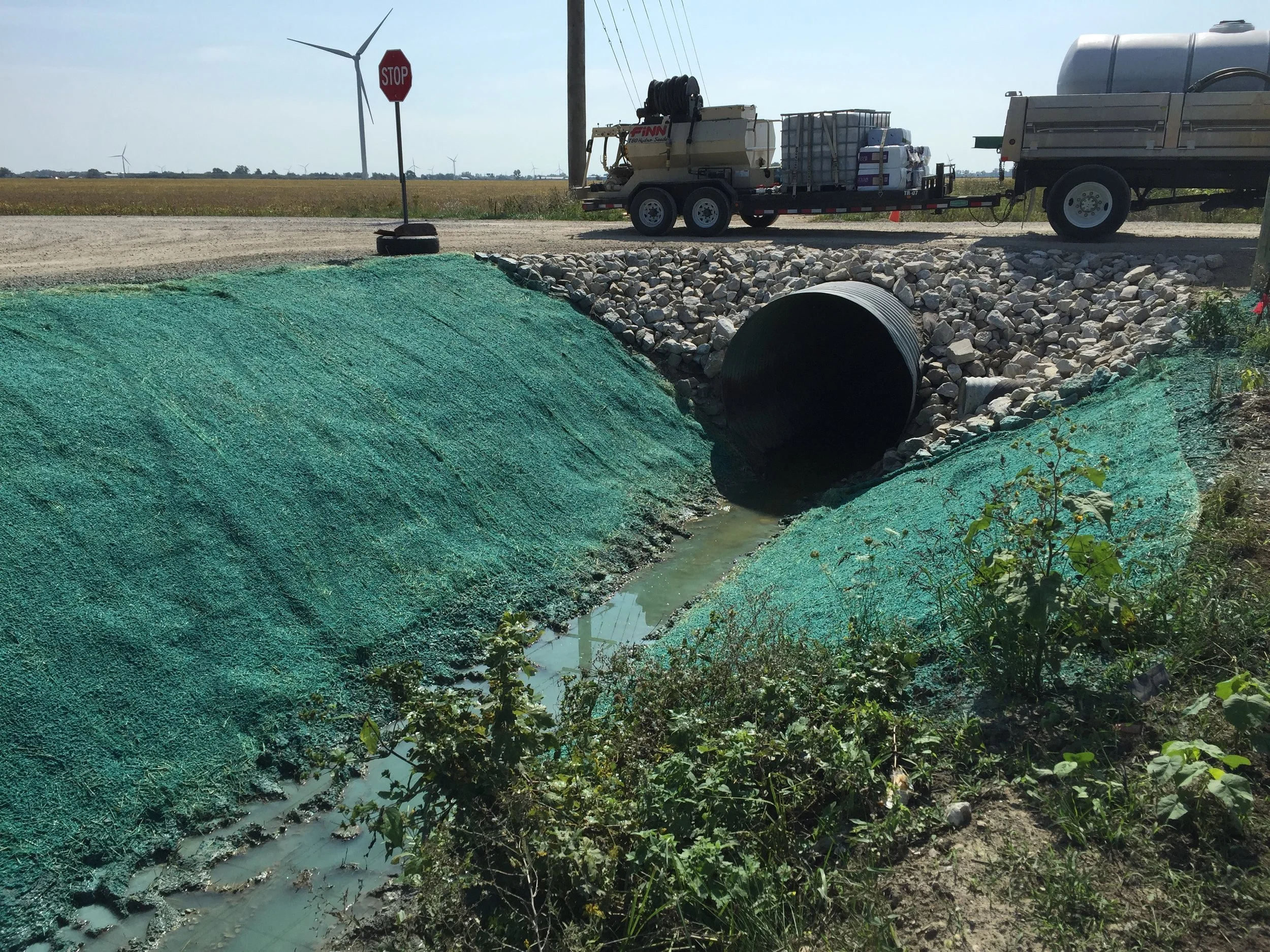Hydroseeding with Quality Turf is the fast, efficient way to bring your landscape to life—thick, green, and ready to grow. We blend seed, mulch, fertilizer, and water into one powerful spray that sticks, sprouts, and thrives.

“We don’t just spray green—we grow it. Quality Turf’s hydroseeding turns bare earth into lush turf faster than you can say ‘where’d the dirt go? ”
Erosion control is all about protecting your land from the forces of wind, water, and time.
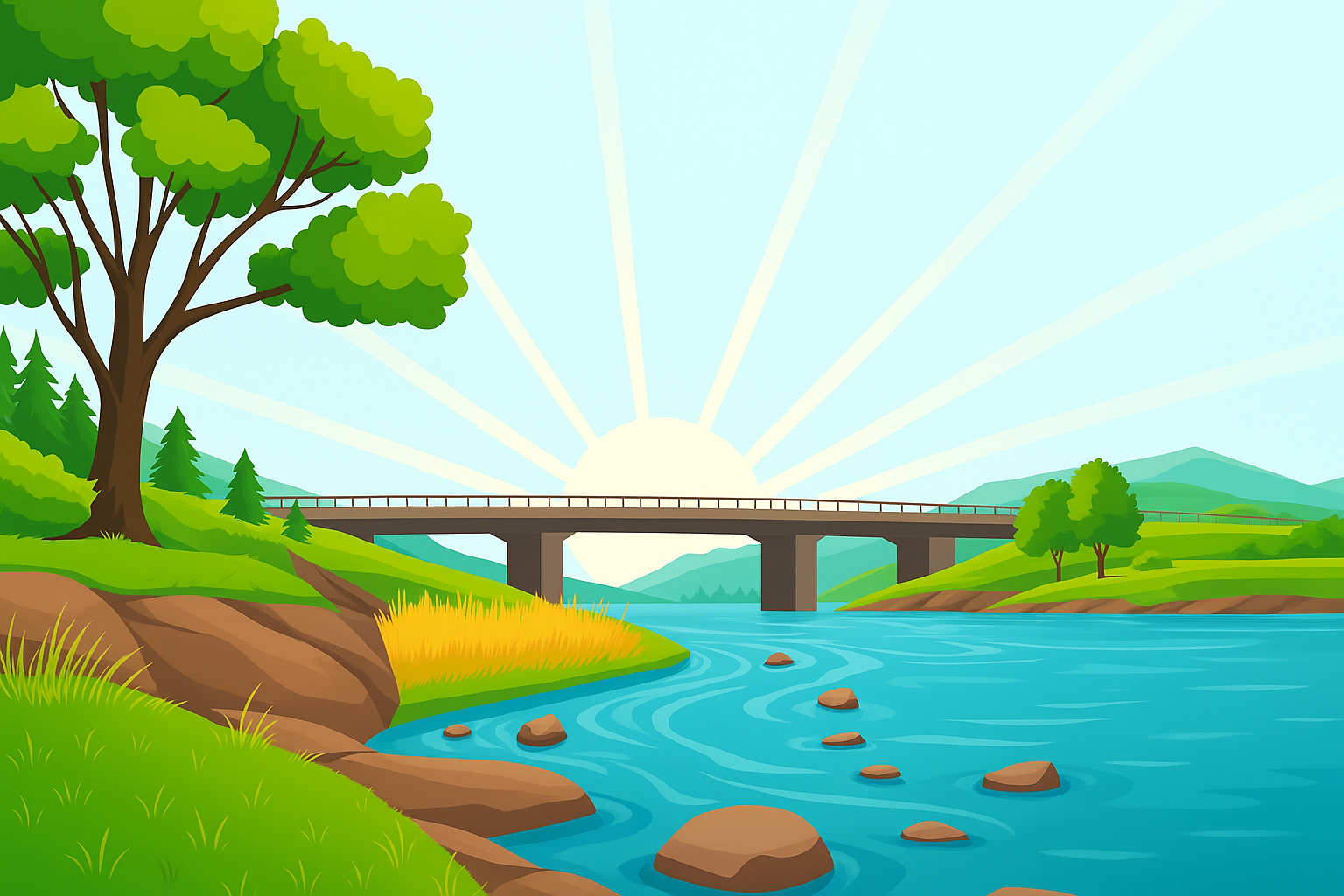
“When nature tries to wash it all away, Quality Turf holds the line—one smart layer of erosion control at a time.”
Hydroseeding & Erosion Control
-
Hydroseeding at Quality Turf isn’t just green—it’s genius. We take a science-meets-nature approach by spraying a custom blend of seed, mulch, fertilizer, and water onto your property for rapid, even growth. Whether it’s a sloped yard, a fresh commercial build, or a patch of land begging for revival, our method guarantees lush results without patchy guesswork.
When it comes to erosion control, we don’t just cover dirt—we protect your future. From bonded fiber matrices and erosion control blankets to silt socks and terraseeding, we tailor the right solution for your landscape and its challenges. Our goal? To stop runoff, stabilize soil, and keep your project compliant, clean, and climate-resilient.
At Quality Turf, we combine cutting-edge tools with old-school know-how to bring the ground back to life—safely, sustainably, and with a little style. From hydroseeding hillsides to installing erosion defenses that actually work, we make it all grow smoother, faster, and smarter. Because when it comes to turf, we don’t just cover ground—we conquer it.
-
🌱 Hydroseeding Tools
Hydroseeder Machine -
A large tank sprayer that mixes seed, mulch, fertilizer, and water, then sprays it evenly over the ground for rapid, uniform turf growth.Agitation System -
Built into hydroseeder tanks, this keeps the slurry mixture well-blended to ensure consistent coverage during spraying.High-Pressure Hose & Nozzle -
Used to apply the hydroseed mix accurately across various terrains, including slopes and hard-to-reach areas.Tackifier Additive -
A binding agent mixed into the hydroseed slurry that helps materials stick to soil—especially useful on slopes or erosion-prone sites.
🛡️ Erosion Control Tools
Erosion Control Blankets -
Biodegradable mats rolled over soil to stabilize the surface, prevent runoff, and protect seed until vegetation establishes.Silt Socks -
Permeable mesh tubes filled with compost or mulch, placed around site perimeters to trap sediment and slow water flow.Crimping Tools -
Used to anchor erosion control blankets or straw mulch into the soil to keep materials in place during wind and rain.Hydraulic Mulchers -
Applied for large-scale coverage, these machines spray bonded fiber matrix or mulch blends that provide immediate surface protection.
-
🌿 Erosion can impact a wide range of landscapes, especially where soil is exposed, slopes are steep, or water flows freely. Left unmanaged, it can compromise infrastructure, pollute waterways, and degrade the natural environment. Hydroseeding offers a fast, effective solution—stabilizing soil while promoting dense, protective vegetation that naturally defends against future erosion.
Residential Yards – Ideal for establishing new lawns quickly and evenly.
Commercial Developments – Great for large-scale turf installations around buildings, plazas, and parking lots.
Construction Sites – Helps stabilize disturbed soil, control dust, and meet environmental compliance.
Roadside Slopes & Ditches – Reduces soil erosion on embankments and promotes vegetative growth.
Parks & Recreational Fields – Ensures fast, healthy turf growth in high-use public spaces.
Landfills & Reclamation Sites – Used to restore vegetation and minimize erosion on exposed or recovering land.
Golf Courses & Athletic Fields – Delivers lush turf coverage on fairways, roughs, and sports areas with minimal disruption.
Utility Corridors (Pipelines & Hydrolines) – Stabilizes soil quickly in long, narrow stretches prone to erosion.
Some of Our Work


